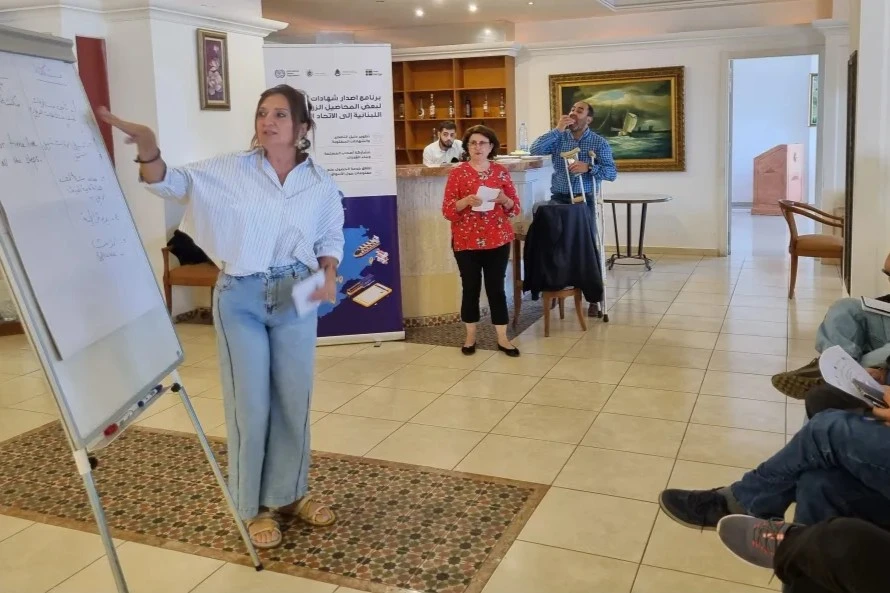Drosophila suzukii (Matsumura) is an insect that belongs to the order Diptera, like flies and fruit flies. Despite its very small size, it can be recognized by the dark spots on its wings, which also characterize its common English name, spotted-wing drosophila (SWD). The damage it can cause is significant because, thanks to its ovipositor, it can lay eggs directly inside the fruit.
The larva will then feed on these tissues, making the affected fruits unmarketable. Considering that the life cycle of this insect is short, especially in spring, the infestation rate within the cherry orchard can become very high.
Finally, in terms of its diet, it is not selective and can survive by feeding on various types of fruits. This is why the drosophila represents a serious threat to the economic well-being of various small fruit-growing enterprises in both Europe and the Americas. To reduce the use of synthetic chemicals and thus develop a more sustainable management of Drosophila suzukii, a potential technique is the use of parasitoids for biological control.
In North America, in order to use parasitoids as biocontrol agents, it is essential to recognize and understand their presence, as well as their preferences and the ways they have adapted to their environment.
Between 2021 and 2022, researchers from the Department of Entomology at the University of Georgia conducted two field surveys to study the North American native parasitoids of Drosophila suzukii. These surveys were conducted in the main blueberry-producing regions in the southeastern United States, specifically in Georgia.
A total of 371 Drosophila parasitoids were collected through the deployment of sentinel traps consisting of fruit baits. From the results, it emerged that the parasitoids all belonged to the order Hymenoptera, specifically to three families: Figitidae, Pteromalidae, and Diapriidae.
 Image 1: Pachycrepoideus vindemmiae.
Image 1: Pachycrepoideus vindemmiae.
Pachycrepoideus vindemmiae and Leptopilina boulardi were the most prevalent species. The abundance of parasitoids was higher during the peak ripening period of blueberries until the end of the harvest season compared to all other phenological stages. Of all the North American native Drosophila parasitoids that were collected, Pachycrepoideus vindemmiae was able to effectively parasitize Drosophila suzukii in its natural environment.
On the other hand, L. boulardi was able to parasitize Drosophila larvae in the laboratory but at a rate of 7%.
Moreover, it did not manage to emerge from all the individuals it had parasitized, showing difficulties in completing its developmental cycle. This means that even when a high presence of parasitoids is detected at certain times of the season, this number is subject to high variability with a likelihood of population decline since not all parasitoids manage to reach the adult stage. The researchers concluded that the local parasitoids already present in North America are not sufficient to successfully reduce Drosophila suzukii infestations in these areas.
It has been determined that in these regions it is necessary to implement a planned intervention that includes the classical release of specialized native Asian parasitoids, in addition to the common control measures already implemented.
Source: Subin B Neupane, Jason M Schmidt, William E Snyder, William G Hudson, Xingeng Wang, Matthew Buffington, Kent M Daane, Ashfaq A Sial, Assessing native parasitoids of the invasive pest Drosophila suzukii (Diptera: Drosophilidae) in the Southeastern USA, Environmental Entomology, Volume 53, Issue 6, December 2024, Pages 966–972, https://doi.org/10.1093/ee/nvae086.
Images: Waspweb
Melissa Venturi
University of Bologna (IT)
Cherry Times - All rights reserved













